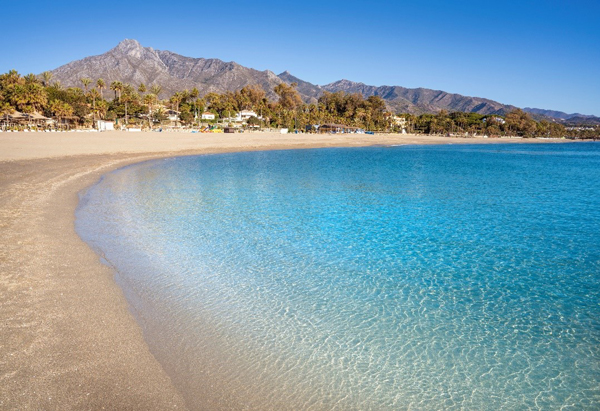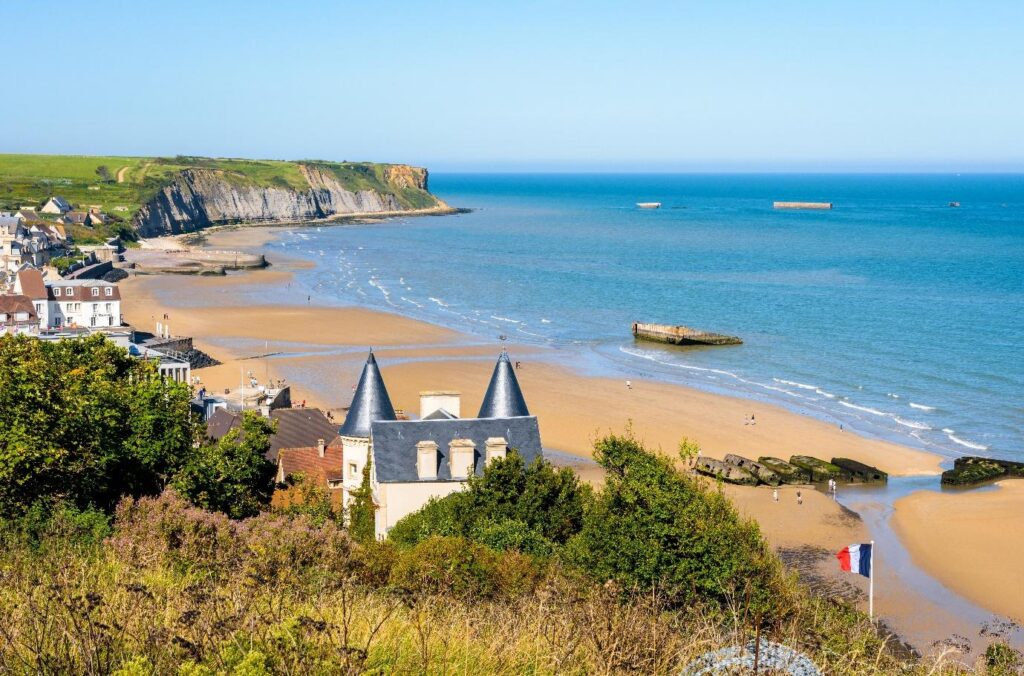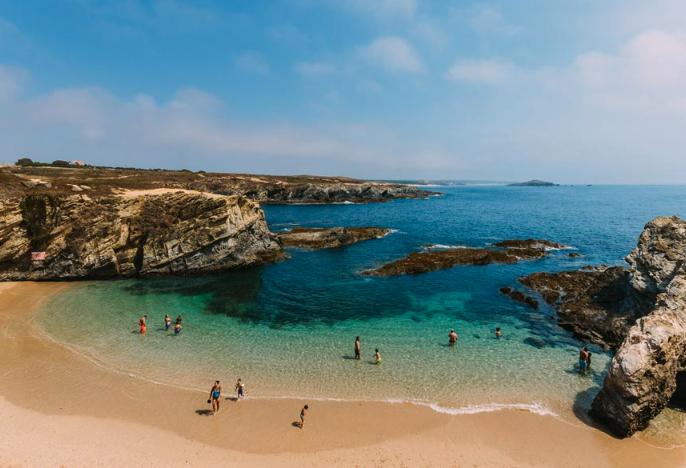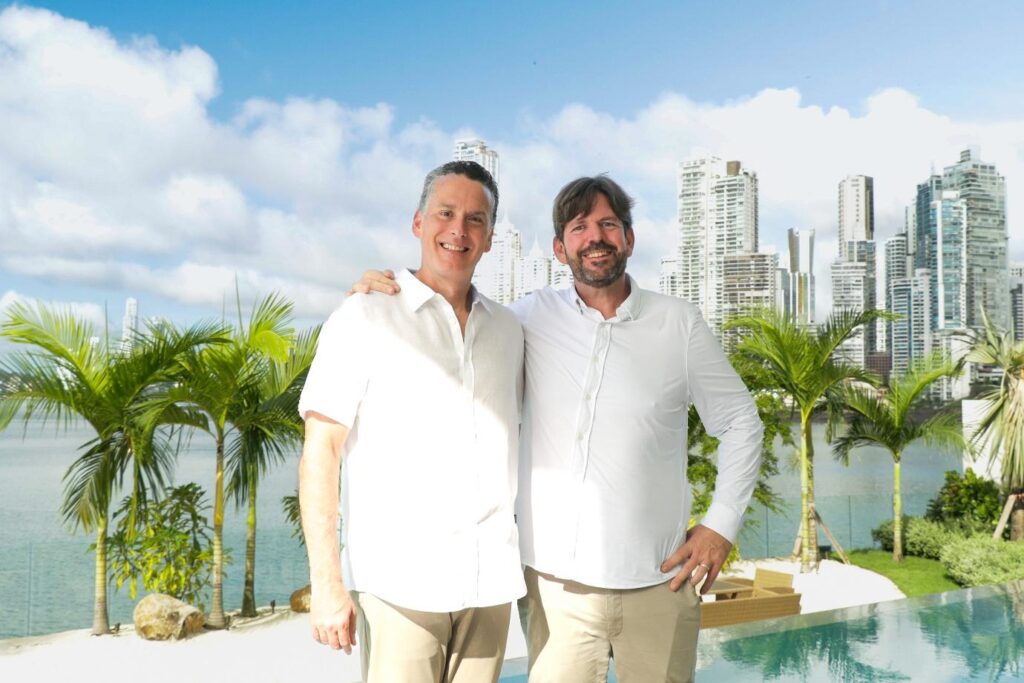Spain has been a key destination on my beat for decades…
For most of that time, my focus has been on the Costa del Sol, on Spain’s southern coast.
The Costa del Sol is one of the world’s most beautiful and internationalized places…offering glorious beaches, ancient towns and cities, incredible food, world-class golf courses and marinas, and 320 days of sunshine a year.

This is a place where I’ve consistently found incredible opportunities for members of my Real Estate Trend Alert group. To give you a brief snapshot…
- Gain of €155,000 ($168,500): I brought RETA members a deal to own sea-view homes in a community called Rock Bay. One RETA member bought here in 2018 for €230,000 and sold in 2021 for €385,000.
- Uplift of €180,100 ($195,500): RETA members got in on a deal to own luxury homes in a golf community called Ibergolf. A RETA member who bought here in 2017 for €189,900 sold last year for €370,000.
- A boost of €223,000 ($241,500): We had a RETA opportunity at Casares Costa in 2020. A condo that a member bought here for €327,000 was sold in late 2023 for €550,000.
Yesterday, I brought a new deal here to RETA members…
It’s an extremely urgent opportunity to own luxury sea-view condos and see what I expect will be gains of €120,000 just three years after delivery.
The opportunity I’ve identified is close to Estepona, a vibrant town known as the “Garden of the Costa del Sol” for its stunning palm tree-lined promenades and flower-filled streets.
Wander Estepona’s pristine, whitewashed Old Town and you’ll find colorful murals, cobbled plazas, and historic landmarks like the Castillo de San Luis, a 16th century coastal fortress.
Stroll its stunning coastline and you’ll come upon golden-sand beaches, seafront restaurants and bars, and a bustling marina backed by the town’s striking white and blue lighthouse.
This is one of the most beautiful and livable cities on the Costa del Sol…and I’ve just found a new deal here at killer pricing and with expected gains of €120,000 just three years after delivery.
I shared the details with RETA members in an alert yesterday…and I’ll have more coming in a new RETA alert later today. (If you’re not a RETA member, find out how you can join here.)
I shared the details with RETA members in an alert yesterday…and I’ll have more coming in a new RETA alert later today.
In today’s Overseas Dream Home, though, I want to talk about another part of Spain’s Mediterranean coast…

As more and more people have flocked to the Costa del Sol each year, incredible deals like the Estepona opportunity are becoming rarer.
So, my team and I are looking for the next places. That’s why I recently asked my senior researcher Margaret Summerfield to scout Spain’s southeastern Mediterranean coast…
So far, Margaret has reported back to us here in Overseas Dream Home about the cave homes of the Costa Blanca…and about the beach town of Aguilas, a hidden gem.
Today, Margaret has a report about one of Spain’s white villages.
Known as pueblo blancos, these villages in southern Spain are made up of dazzling whitewashed houses that typically wind around narrow, cobbled streets.
During her trip, Margaret scouted the whitewashed town of Mojácar, considered amongst the most beautiful of these villages.
Below, she tells us about Mojácar and about the real estate she found there from $172,000.

Ronan McMahon, Overseas Real Estate Expert
A Tale of Two Towns
By Margaret Summerfield
My next (brief) stop on my scouting trip in Spain was Mojácar, on the Costa de Almería. Mojácar is actually two towns, a traditional pueblo in the hills, and Mojácar Playa which sits on the coast.
The two couldn’t be more different.

The pueblo dates back to the Bronze Age. It boasts cobblestone streets, whitewashed houses and a 16th-century church. Silver mines in the hills beyond the town led to a boom but when the mines closed at the start of the 20th century, the pueblo became a backwater. The young emigrated for jobs, many to the Americas. Until the 1960s, the pueblo had no electricity, phone lines or running water.
Then an enterprising mayor offered free plots of land for building, or ruins in the pueblo to restore. Foreigners flocked there. Tourism took off, too.
Today, the town is a nice location for an evening stroll, taking in the panoramic views of the hills and coastline. It’s also good for dinner or drinks in the evening.

Mojácar Playa is much more modern. It’s mostly low rise and has its own charm. It’s a half-hour walk or a five-minute drive from the pueblo. It’s set alongside a lovely stretch of coast. In town, there’s a good choice of beach bars and restaurants. You’ll also find banks, pharmacies and small supermarkets. Leave the town behind and you’ll discover an endless string of hidden coves and long sandy beaches.
I saw folks out walking on the town’s promenade, jogging, cycling, swimming…enjoying the great outdoors. Golf, bowling, horseback riding, sailing and fishing are also on the menu.
Mojácar was sleepy on my trip, gearing up for Semana Santa (Easter week) and then the summer months when it gets much busier. During those months, the hotels in the Playa area fill up, the bars and eateries are lively, and the town comes alive.
I could see the appeal of staying here in the winter months when it’s much quieter. I left Northern Europe where overcoats, scarves and gloves were still in play. The weather in Mojácar was a contrast. Blue skies and glorious sunshine. T-shirts and sunhats all the way!
One downside is airport access. On paper, it sounds a breeze, with three airports close by. The closest is Almería, an hour’s drive. Murcia airport is a 90-minute drive. Alicante airport is more than two hours. But Alicante is the easiest route. The airport covers pretty much the whole of Europe. There are fewer flight connections from Almería and Murcia.

Many of the “tourists” who come to this region are “residential.” That is, they own a second home here. When you’re staying longer, for months at a time, the flight access isn’t such a big deal. But it limits the potential for short-term rental income. And I’m not sure there are fat capital gains on offer, either.
With that said, how much would a second home here cost? Let’s look at some listings. Please note, I haven’t viewed them or done any due diligence on them.
In the pueblo, there’s a four-bed home, reduced from €249,000 ($270,000) to €225,000 ($244,000). It’s a traditional village home, in very good condition, over three levels. Its most attractive feature is a large private terrace with views over the pueblo. Listing here.

In the Mojácar Playa area, there’s a two-bed, two-bath condo with a gorgeous sea view from its spacious terrace. It’s a 10-minute walk downhill to the beach, in a community with a swimming pool and garden. It’s asking price is €159,000 ($172,000). The listing states that air conditioning needs to be installed.

This condo is closer to the beach (a couple of minutes’ walk). It’s also larger, with four bedrooms and three bathrooms. It’s laid out as two apartments, so you could live in one and rent the other out. It’s on the fourth level of the building, where the communal swimming pool is located. There are sea views from one of the terraces. It’s listed at €255,000 ($276,000). Check out the listing here.

Finally, a penthouse with a sea-view terrace in a gated community. It’s sold furnished and equipped. It’s got three bedrooms and two bathrooms. The owner says it has a vacation rental license and a (demonstrable) record of high rental demand. The community amenities are high end and include swimming pools, a gym, and restaurant, with plans for a golf course, spa and on-site property management. That listing is here.
I would happily go back to Mojácar. It’s a clean, charming, sunny spot, with unspoiled beaches and a low-key vibe. It’s an excellent lifestyle choice or a getting-away-from-it-all vacation destination. It doesn’t quite cut it on the investment front, however.
Where next on my trip? Alicante and the Costa Blanca. Tune in next week to see what I uncover!
Ronan says: Traditional pueblos fell out of favor right across the Mediterranean. As the modern age rolled in, young people moved en masse to the big cities or to shiny new apartments outside of town.
Now, the pendulum is swinging back as folks from big cities move (with their pets and laptops) to traditional towns in stunning locations. They’re embracing the routine of shopping at their local butcher, baker, and fruit shop followed by coffee in the village square. The community and lifestyle benefits of this type of living are so well appreciated now that developers are even replicating this type of town in parts of the Pacific and Caribbean.
Real estate in these fake pueblos will set you back $500,000-plus for a little studio. Go authentic and you can get it for a fraction of that…or even for free.
Mojácar was a pioneer…repopulating by giving land and ruins away for free. Today this practice is being replicated right across the Mediterranean, and in particular in southern Italy. Stay tuned…this is an idea you will be hearing a lot more about in the coming weeks and months.



